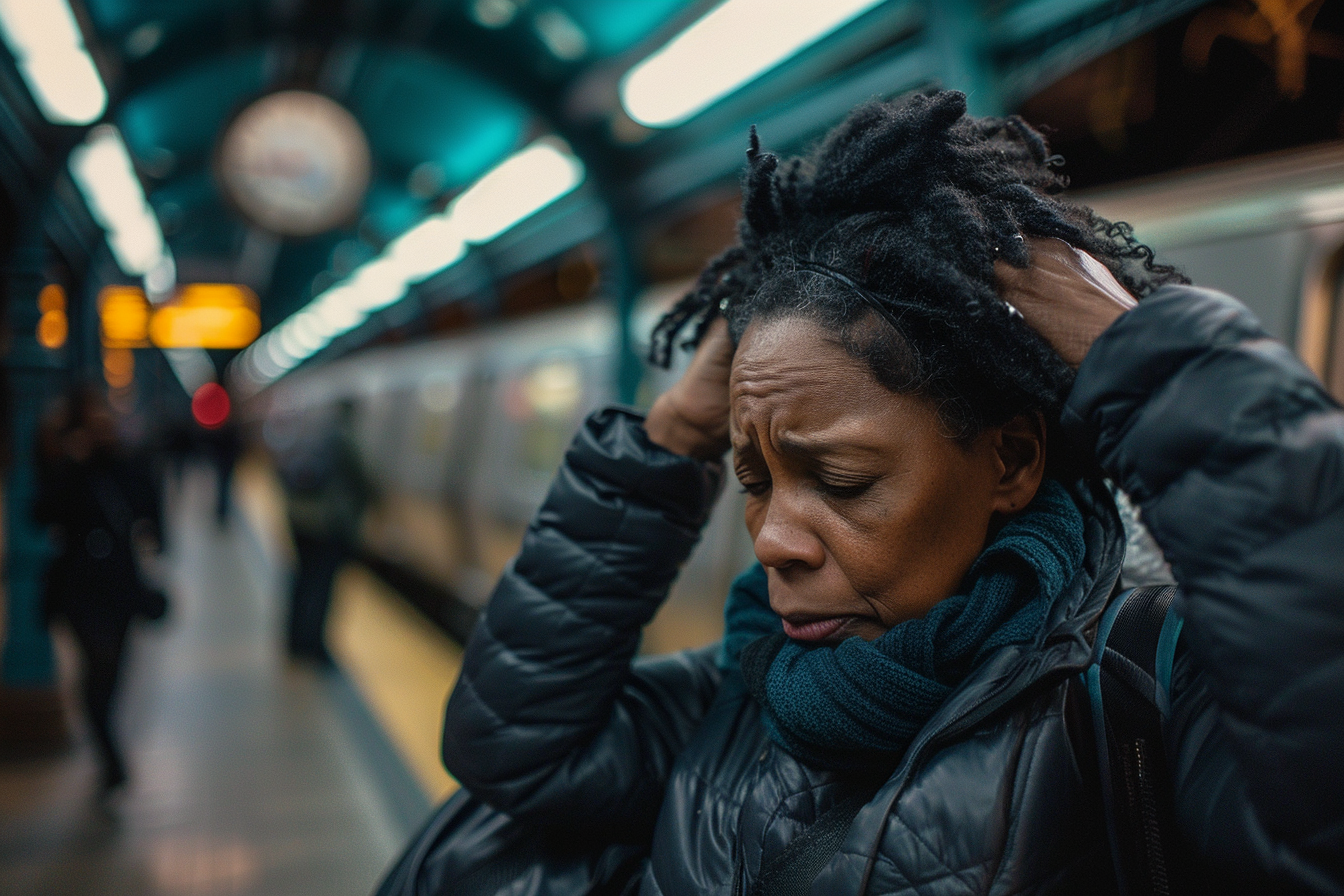Gua Sha is an ancient Traditional Chinese Medicine (TCM) technique that has been praised for its ability to relieve pain and discomfort, including headaches. By gently scraping the skin with a smooth-edged tool, gua sha promotes circulation, releases tension, and helps the body’s natural healing process. If you’re seeking a natural remedy for headaches without relying on medication, gua sha could be the answer. In this article, we’ll explore seven effective gua sha tips to relieve headaches and improve your well-being. For a basic introduction to gua sha, check out our gua sha basic guide.
1. Target the Neck and Shoulders
One of the most effective ways to relieve headaches with gua sha is by focusing on the neck and shoulders. Tension in these areas is a common cause of headaches, especially tension headaches. Use your gua sha tool to gently scrape along the sides and back of your neck, applying light to moderate pressure.
- Start at the base of your skull and move downward.
- Use smooth strokes, moving from top to bottom.
- Focus on areas that feel tight or sore.

By releasing tension in these areas, you can often alleviate the pain that leads to headaches.
According to Ms. Mai Sogawa, Senior TCM therapist, “If you don’t have a traditional Gua Sha tool, you can use alternatives such as a spoon, a large spatula like a rice paddle, or the edge of a small dish—anything that has a smooth, rounded surface that won’t hurt your skin. You can also perform Gua Sha using your hands. To do this, apply oil to your skin to reduce friction and use your fingers to massage areas like the jawline and cheekbones. For the neck and collarbone areas, you can use your knuckles in a fist to gently massage the skin.”
2. Work on the Forehead and Temples
For direct headache relief, targeting the forehead and temples with gua sha can be highly effective. These areas are often sensitive during a headache, so it’s essential to use gentle pressure.
- Start in the middle of your forehead and move the gua sha tool outward toward the temples.
- Use long, smooth strokes, being mindful of the pressure to avoid aggravating sensitive areas.
- You can also gently scrape in a circular motion around the temples to encourage relaxation.

This technique helps increase blood flow and reduce the tension that contributes to headaches, particularly those related to stress.
3. Pay Attention to the Jawline
Tension in the jaw is another common source of headaches, especially for those who clench their teeth or grind their jaw. Gua sha can help release tightness in this area and relieve headaches caused by jaw tension.
- Start from the chin and move the gua sha tool along the jawline toward the ears.
- Apply moderate pressure, scraping slowly and mindfully along the jaw.
- Focus on areas that feel tight or tender, and work slowly to ease discomfort.

Releasing tension in the jaw can be a powerful way to prevent and relieve headaches that stem from this source.
4. Use the Cooling Effect of the Gua Sha Tool
Some gua sha tools are made from materials like jade or rose quartz, which naturally stay cool. The cooling effect can provide extra relief for headaches, especially if you’re experiencing a migraine or any heat-related headache.
- Before using the gua sha tool, place it in the fridge for a few minutes.
- Apply it to the temples, forehead, or back of the neck for a soothing effect.
The cool sensation can help reduce inflammation, calm the nerves, and provide immediate relief from pain.
5. Scrape Along the Scalp
The scalp is often overlooked when it comes to gua sha, but it’s a great area to target for headache relief. Scraping the scalp helps increase blood circulation and reduce muscle tension in the head.
- Use the gua sha tool to gently scrape the scalp in small, circular motions.
- Start at the hairline and work your way toward the back of the head.
- You can also scrape from the crown of the head down toward the neck.

This technique is especially beneficial for tension headaches, as it helps relax the muscles around the skull and promotes better blood flow.
6. Integrate Essential Oils
For an enhanced experience, you can combine gua sha with essential oils that are known to relieve headaches. Oils like lavender, peppermint, and eucalyptus have natural pain-relieving and anti-inflammatory properties.
- Apply a few drops of essential oil to the areas where you’ll be using the gua sha tool, such as the temples, neck, or forehead.
- Gently scrape the tool over the oiled skin, allowing the aroma and oils to absorb into the skin.
The combination of gua sha’s mechanical stimulation with the soothing effects of essential oils can amplify headache relief.
7. Practice Regularly to Prevent Headaches
While gua sha is excellent for relieving headaches once they occur, regular practice can help prevent them from happening in the first place. Incorporating gua sha into your daily or weekly routine can reduce overall tension, improve circulation, and keep stress-related headaches at bay.
- Set aside time each week for a short gua sha session focusing on the neck, shoulders, and face.
- You can even use gua sha as part of your skincare routine, which provides both cosmetic and headache relief benefits.
By maintaining a consistent gua sha practice, you’ll likely notice fewer headaches over time as your body becomes more balanced and less prone to tension.
“Gua Sha can be effective on any part of the body. For the face, it can help with lifting, brightening the complexion, and reducing puffiness. For the body, areas such as the neck, shoulders, and lower back, where muscles are particularly stiff and tense, are likely to show the most noticeable effects,” says Ms. Mai Sogawa, Senior TCM therapist.
Incorporating these gua sha techniques into your self-care routine can offer a natural, medication-free way to manage and prevent headaches. Whether you’re dealing with stress-related tension or recurring migraines, gua sha’s ability to release muscle tightness and improve circulation makes it an effective tool for headache relief. For more tips on how to get started with gua sha, check out our gua sha basic guide.

Try our Anti-Aging Gua Sha Tool designed to bring out your skin’s natural glow.
Best Gua Sha Product- Anti-Aging: The tool is designed to target 11 specific aging signs such as wrinkles and sagging skin. By following the 7-step routine, users can improve skin firmness and reduce fine lines naturally.
- Enhances Skincare Routine: It works effectively with serums and lotions, boosting absorption and efficacy of skincare products.
- Visible Skin Improvement: Users can expect a smoother complexion, reduced puffiness, and a more youthful appearance.
 P. Sze
P. Sze 
















